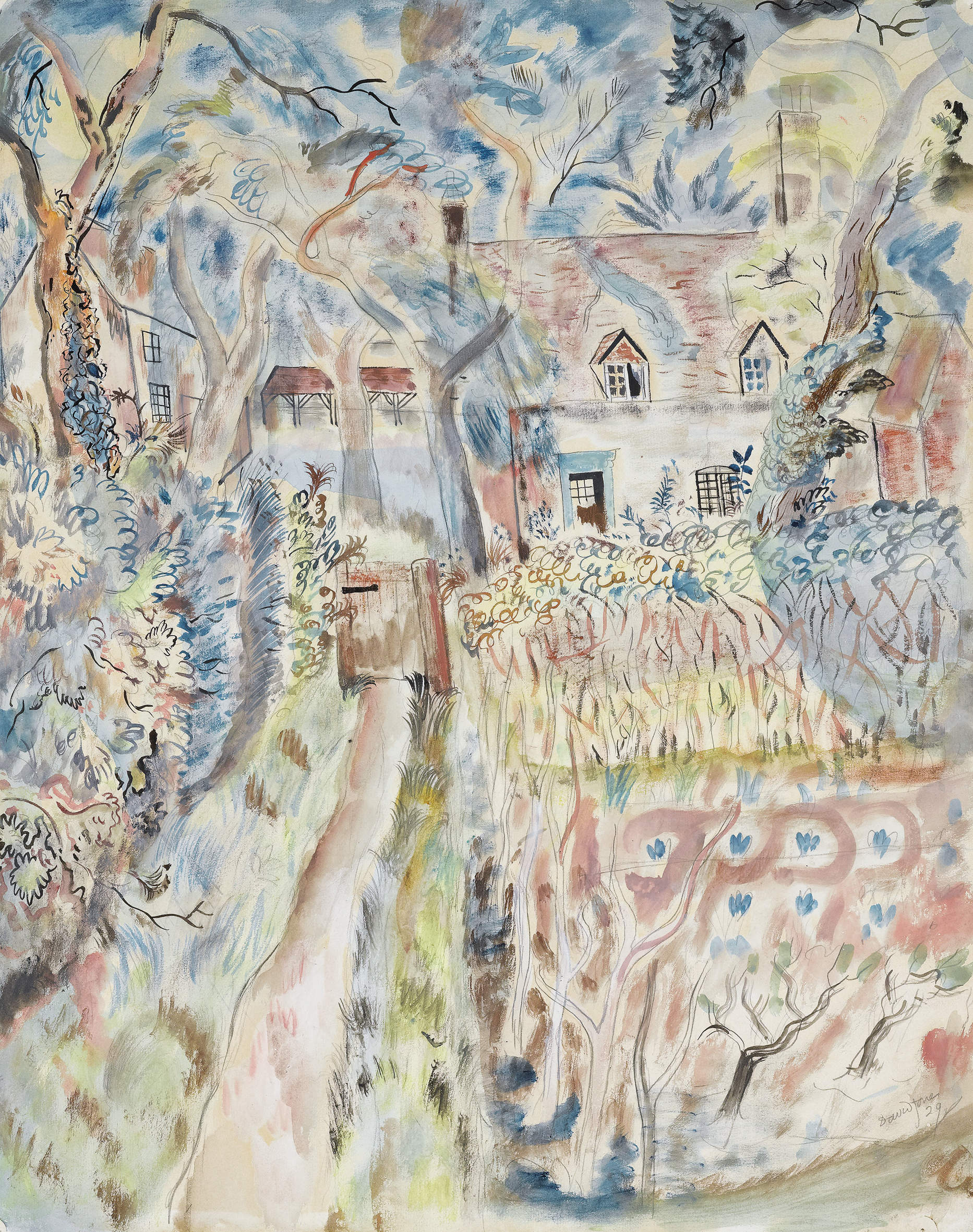
One of David Jones’s art teachers spotted early what made his pupil so distinctive. “Look at that,” he instructed the class. “Jones leaves out everything except the magic.” The magic in Jones’s work is twofold. There is his interest in myth, symbol and a high strain of Catholicism; and there is the magic of his watercolours and etching tools depicting or creating places that even when real are still other-worldly.
Jones (1895-1974) saw himself as more of a maker than an artist. As an acolyte of Eric Gill and from 1922 a member of his community of Catholic craftsmen in Ditchling, Sussex, he relished manual facility when combined with seriousness of purpose. Jones was a poet, painter, engraver and calligrapher and excelled in each discipline. Although in 1936 Kenneth Clark called him “the most gifted of all the young British painters”, Jones’s mysticism has subsequently led him to be regarded as a difficult artist. He stands very much in the tradition of William Blake and, like that of his Romantic forebear, his work is indeed sometimes impenetrable but it is always intriguing and invariably beautiful.



